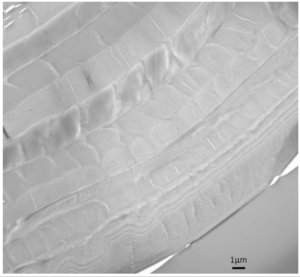Research project selected under the 2021 call for proposals
 Principal Investigator : Marzia CARRADA
Principal Investigator : Marzia CARRADA
Involved Teams :
- CEMES / Nano-Optics and Nanomaterials for Optics, NeO
Type of project : Disruptive Project
Date (start/end) : 2021 – 2024

In this project we investigate the origin of animal color using ladybugs (Coccinellidae) as a study model. Our approach is interdisciplinary and combines ecology, physics and chemistry. There is a lack in the current state of the art of systematic studies concerning the origin of the color of the elytra of Coccinellidae, and to our knowledge no study exists concerning the structural properties at the micro and nanometric scale of the elytra. Here, the fine structure of elytra will be studied, including multi scale structuration and pigment organization; the nature of the pigments present will be finely determined, and finally, the dynamics of accumulation of molecules in the elytra during the life of the ladybugs will be studied. Our hypothesis is that the color of the ladybirds is not exclusively of pigmentary origin and their shining aspect is probably related to a thin layer architecture of the elytron. Preliminary results in Transmission Electron microscopy show a multilayer/multi-scale structuration of the elytra of this species of beetle (Fig. 1) and the presence of nanostructures has been detected, whose nature should be clarified. This knowledge is essential to clarify the relationships between color and chemical defenses, as well as their variability between species and individuals in the same family. Our interdisciplinary approach is based on methods that are never used together to answer a question in ecology and that could be in principle be extended to other species to better understand the evolution of color in animals.
